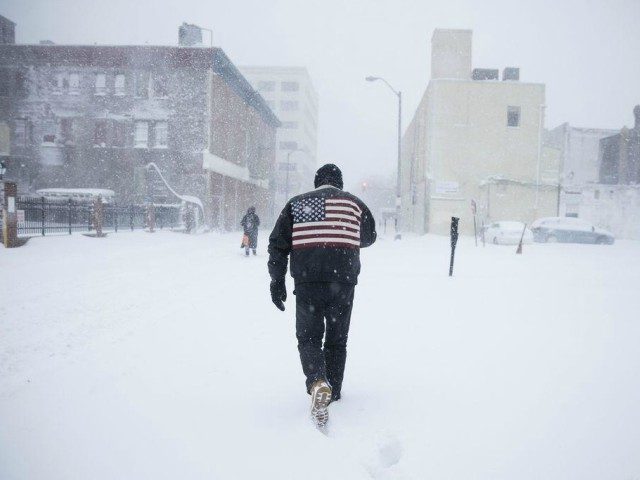New weekly jobless claims fell to 779,000 in the week that ended January 30, the Department of Labor said Thursday.
Economists had expected claims to fall to 835,000 from the 847,000 previously reported for the prior week. The previous week was revised down to 812,000.
The four-week moving average—viewed by many economists as a better gauge of the labor market because it smooths out weekly volatility—was 848,250, a decrease of 1,250 from the previous week’s revised average.
Continuing claims fell to 4,592,000, a decrease of 193,000 from the previous week’s revised level.
The unexpectedly steep decline in claims may complicate the push for the $1.9 trillion economic aid package proposed by the Biden White House. If the economy is recovering faster than expected, some lawmakers who might have supported the bill could decide a smaller and more targeted package would be appropriate. Republican lawmakers have proposed a $619 billion package they say is better tailored to the current economic conditions.
Jobless claims—which are a proxy for layoffs—remain at extremely high levels. Prior to the pandemic, the highest level of claims was 695,000 hit in October of 1982. In March of 2009, at the depths of the financial crisis recession, jobless claims peaked at 665,000.
Even when the economy is creating a lot of demand for workers, many businesses will shed employees as they adjust to market conditions. But in a high-pressure labor market, those employees quickly find jobs and many never show up on the employment rolls. What appears to be happening now is that many workers who lose their jobs cannot quickly find replacement work and are forced to apply for benefits.
Claims hit a record 6.87 million for the week of March 27, more than ten times the previous record. Through spring and early summer, each subsequent week had seen claims decline. But in late July, the labor market appeared to stall and claims hovered around one million throughout August, a level so high it was never recorded before the pandemic struck. Claims moved down again in September and had made slow, if steady, progress until the election.
The elevation of Joe Biden to the presidency and the Senate control of the Senate passing to Democrats may be discouraging hiring. Biden has promised to make raising taxes on businesses a top priority for his administration, which will leave businesses with fewer funds for expanding payrolls or raising wages. As well, many businesses expect a flood of new regulations from the Biden administration, which can also weigh on the labor market. Biden has spent much of the first few weeks of his presidency signing a flurry of executive orders that purport to reverse pro-business policies put in place by his predecessor.
New restrictions on businesses aimed at stemming the resurgence of coronavirus are likely contributing to layoffs now. Some states and cities have imposed new curfews and discouraged people from leaving home for non-essential reasons. Businesses faced with this suppressed demand will likely be forced to cut their payrolls to reflect lower sales.
There are contrapuntal signs of economic strength. The housing market is booming, pushing up construction spending and homebuilding, and increasing the household wealth of homeowners. Surveys by the Institute for Supply Management of business leaders indicated more growth than expected in both the services and manufacturing sides of the economy.
The highest level of unemployment in the country for the week ended January 23 was in Alaska, where 6.4 percent of the workforce is receiving unemployment benefits. The biggest increase in initial claims was in Florida, where claims jumped by 23,000.

COMMENTS
Please let us know if you're having issues with commenting.